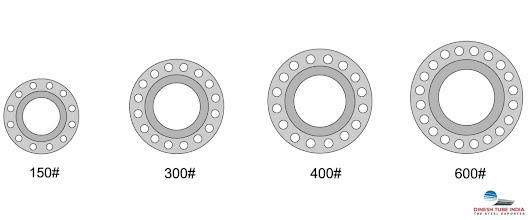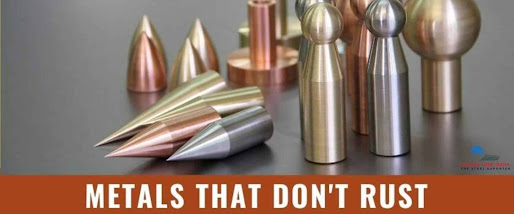Difference between Seamless & Welded Stainless Steel Pipes
Seamless steel pipe is manufactured by the round steel billet, through hot rolling, cold rolling, or cold drawn processes, with no seam on the pipe body.
Welded steel pipe is manufactured by flat steel plate, with a welding seam on the pipe body. Including ERW pipe, LSAW pipe, and SSAW pipe.
Octal tells you the differences between steel seamless pipe and welded steel pipe fittings on raw material, seamless pipe manufacturing processes, performances, appearances, sizes, applications, cost prices, etc.
From the names, it is obvious that the basic seamless tube manufacturing method differs. A seamless tube is extruded and drawn from a billet, while a welded tube is formed by rolling and welding a strip. A welded tube is much less expensive than seamless tubes and is readily available in long continuous lengths. In spite of the fact that welded tubes have a lower working pressure than seamless tubes, working pressure is not the deciding factor when choosing a seamless tube over a welded steel tube.
A seamless tube is specified because of the difference in potential impurities, which reduces corrosion resistance. As a result, the weld area exhibits different malleability and corrosion resistance, as well as greater dimensional variation. It is possible to reduce these anomalies by drawing welded steel tubes. The majority of tubing (seamless and welded) is drawn to produce final dimensional tolerances. An operation called drawing involves pulling a tube through a die.
Tubes can be drawn in two ways: sunk drawn and plug drawn. There is a difference in the roughness of the ID surface. In a sunk-drawn tube, there is no internal support. The diameter of sink-drawn tubes can be reduced without affecting the wall thickness.
During the “crunch” of the ID, the tube develops a “sunburst” cross-section and wrinkles circumferentially. It is especially noticeable around weld-on welded tubing. The inner surface of a plug or rod-drawn tube is much smoother when it is pulled through a die with internal support. The rod or plug drawing removes the dimensional indication on welded tubing by breaking up the weld bead. The final annealing further promotes homogeneity.
A fully finished tube is one that has been drawn and annealed sufficiently to remove any dimensional indication of the weld area and break up the dendritic structure of the weld bead and expedite homogenization. In many cases, it is very difficult to distinguish between welded and seamless tubing
How is Seamless steel pipe made?
Through a perforated tube, API 5L and ASTM Seamless steel pipes are formed by hot rolling, cold rolling, or cold drawing steel ingots or solid tubes as raw materials. The hot rolled seamless steel pipe is formed through billet forging, perforation, rolling, shaping, and other seamless steel tubing processes. In general, thick-walled seamless pipes are made in this way for large-diameter pipes. Using cold-drawn forming technology, steel seamless pipes are cold-drawn. There is a relatively low material strength, and the appearance and internal control surfaces are smooth. This method is usually used to make steel seamless pipes with small diameters and thin walls. Stainless steel, carbon structural steel, and low alloy structural steel are used to roll seamless stainless-steel pipes. Several industries use seamless stainless-steel pipes: pipelines, thermal services, mechanical industries, chemicals, etc.
How is Welded steel pipe made?
LSAW, SSAW, and ERW steel pipes are included in API 5L or ASTM welded steel pipes. Steel strips or steel plates are used to make these pipes. The steel plate is bent first, then welded into circular, square, and other shapes. Steel pipes that are welded have the advantages of high production efficiency, low seamless cost, and material saving. In addition to aviation, aerospace, energy, electronics, automobiles, light industry, and other industries, it has been widely applied. Corrosion-resistant in acidic environments.
Tap Here To Read More About This Article: https://thesteelexporter.com/difference-between-seamless-welded-stainless-steel-pipes/
#Steel #steelexports #steelsuplier #dineshtube #stainlesssteel #cupronickel #nickel




Comments
Post a Comment